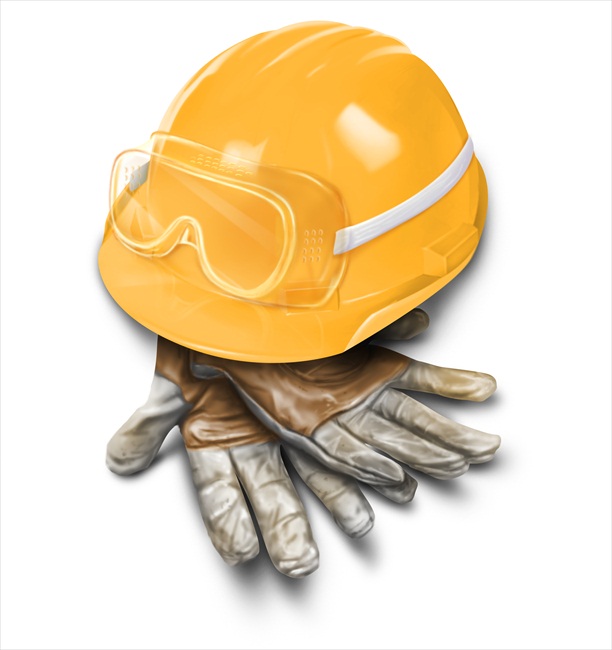2020 IEA Forecast: Oil Prices Will Rise to $80
The worldwide crude oil market has always been associated with volatility and instability. The situation that has been observed in the industry during the previous months became another proof of this fact. According to the reports of experts, oil prices have fallen up to $20, thus having lost around 1/3 of their initial value during one month only. Even though the rate has not reached its lowest limit (which is $12.45 registered at the end of 1998), the chances that it will fall to this level by the end of the month are quite high, especially if the declining tendency observed nowadays will persist.
As of today, the $20 range is almost catastrophic, taking into account that the highest rate, which has ever been registered in the industry, constituted $115 per a barrel in August 2014. Is this situation going to change in the nearest future? Will the changes be positive or negative? With regard to the current situation, the prognoses of the IEA experts may seem quite shocking, but if they prove to be veracious, the situation in the global crude oil market may significantly change by 2020.
What Do Experts Say?
Having analyzed the current tendencies observed in the international oil market, the experts of the International Energy Agency (IEA) have made quite unexpected prognoses, stating that oil prices will reach the $80 range by 2020. This was reported by the head of the Agency, Fatih Birol, at the IHS CERAWeek conference that was held in Houston. According to the report, the positive changes in the industry will hardly be observed in the nearest future, but the chances that oil prices will start growing at the end of 2016, are quite high. This is because the demand for the product is going to overtake the supply, in the result of which the crude oil stockpiles will start decreasing. The cost rebound will mainly be triggered by the US shale oil production.
The growth of crude oil prices is expected at the end of 2016 or the beginning of 2017, when the approximate price range will constitute not less than $35 per a barrel. This will become the start of strengthening of the crude oil market and the signal of the development of the global energy industry. The IEA experts are sure that the oil market will eventually face the recovery from the catastrophic prices that are observed nowadays, but this will take long months of hardships.
The Start of the Oil Industry Recovery
The head of the IEA pointed out that the US shale oil market will gain strength and will start developing rapidly as soon as the oil prices will reach the $60 per a barrel. This will become a kind of a “starting point” needed for quick progress.
The representative of the Vitol Group BV, one of the largest and most powerful oil traders in the world, Ian Taylor, is not so confident about the positive changes predicted by the International Energy Agency. He underlines that the US shale oil industry will continue facing the decrease of oil prices for over 10 years. According to Ian Taylor, the dramatic price growth is unlikely to be observed in the industry in the nearest future. The maximum price range will constitute around $50 per a barrel of crude oil, but it will take from 5 to 10 years to observe the result.
The IEA experts agree on the point that oil prices will not achieve the $100 range, but the facts and tendencies observed these days, make it possible to suggest that the situation will still change for the better in the nearest future. Even the smallest increase in oil prices will make the explorers of the US shale start drilling new sources that contain a rich supply of crude oil. Unfortunately, many people currently underestimate the potential supply of the US shale, but this will not last for a lifetime.
What’s Next?
With that said, it becomes easy to believe that the global oil and gas industry will start evolving in the nearest future. By the end of the decade, the market will abound in expensive and profitable mega projects developed by the leading oil manufacturers. The Saudi-led OPEC countries already start regaining the North American market share, while Brent crude has raised the crude oil cost up to $34.69 on the ICE Futures Europe exchange, which is already a pretty good start.
Petrobids is a free tool that connects oil and gas service providers and operators. Read more about us here:





